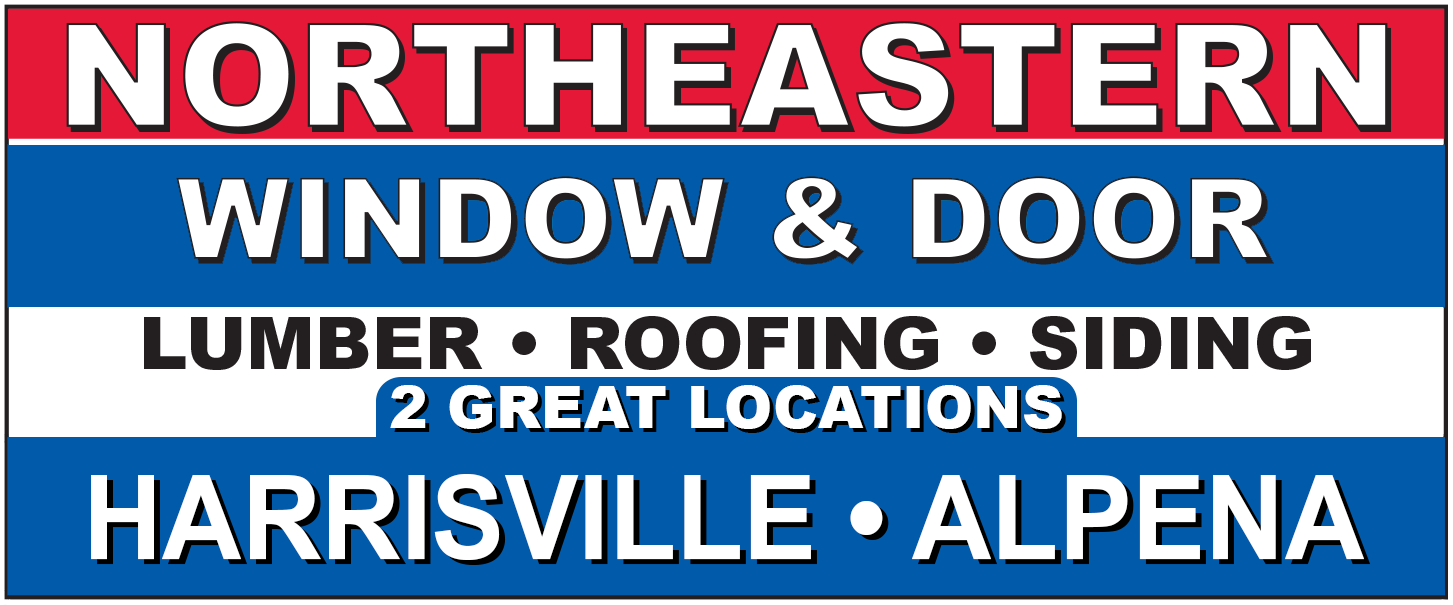Building Green: Sustainable Ideas for Contractors and DIY Enthusiasts

- Share this:
- Share on Facebook
- Pin on Pinterest
- Tweet on Twitter
In the modern era, construction and home improvement are no longer just about creating structures; they are about building a sustainable and eco-friendly future. For both contractors and DIY enthusiasts, embracing sustainable practices not only contributes to a healthier planet but also enhances the longevity and efficiency of structures. In this blog post, we'll explore a variety of sustainability ideas that contractors and DIY-ers can integrate into their projects, ensuring a greener and more responsible approach to construction and home improvement.
1. Recycled and Reclaimed Materials:
Opting for recycled and reclaimed materials is a cornerstone of sustainable construction. Contractors can source reclaimed wood, recycled steel, and repurposed materials for various projects. DIY enthusiasts can explore salvage yards and reuse centers for unique and eco-friendly materials for home improvement projects.
2. Energy-Efficient Lighting:
Switching to energy-efficient lighting is a simple yet impactful sustainability measure. Contractors can install LED or CFL lighting in construction projects, while DIY-ers can replace traditional bulbs with energy-efficient alternatives. This not only reduces energy consumption but also lowers utility bills in the long run.
3. Sustainable Insulation:
Investing in sustainable insulation materials is a win-win for both contractors and DIY homeowners. Opt for materials like recycled denim, wool, or soy-based foam insulation. These options provide effective insulation while minimizing environmental impact.
4. Low VOC Paints and Finishes:
Indoor air quality is a crucial aspect of sustainable living. Contractors can use low VOC (Volatile Organic Compounds) paints and finishes in construction projects, promoting healthier indoor environments. DIY-ers can easily find eco-friendly paint options for home improvement, contributing to a sustainable living space.
5. Rainwater Harvesting Systems:
For both construction sites and homes, incorporating rainwater harvesting systems is a sustainable water management practice. Contractors can design structures with built-in rainwater collection systems, while DIY-ers can install rain barrels to collect rainwater for use in gardening or other non-potable purposes.
6. Green Roofing:
Green roofing is an innovative and eco-friendly solution that contractors can incorporate into construction projects. It involves growing vegetation on rooftops, providing insulation, reducing stormwater runoff, and promoting biodiversity. DIY-ers can explore smaller-scale green roofing options for sheds or small structures.
7. Solar Panel Installations:
Harnessing the power of the sun through solar panels is a sustainable energy solution for both contractors and DIY enthusiasts. Contractors can integrate solar panels into construction projects, while DIY-ers can install solar panels on their homes to generate clean energy and reduce reliance on the grid.
8. Eco-Friendly Landscaping:
Landscaping plays a significant role in sustainability. Contractors can design projects with native, drought-resistant plants, minimizing the need for excessive watering. DIY-ers can adopt xeriscaping principles, creating beautiful and sustainable landscapes that require less water and maintenance.
9. Efficient HVAC Systems:
Contractors can install energy-efficient HVAC (Heating, Ventilation, and Air Conditioning) systems in new constructions. DIY homeowners can upgrade to smart thermostats and regularly maintain HVAC systems to ensure optimal efficiency, reducing energy consumption.
10. Sustainable Demolition Practices:
When demolition is necessary, both contractors and DIY-ers can prioritize sustainable practices. Salvage and recycle materials whenever possible, minimizing waste. Contractors can also explore deconstruction methods, carefully disassembling structures to preserve reusable materials.
Sustainability is no longer an option but a necessity in the construction and home improvement landscape. Both contractors and DIY enthusiasts have the power to make a positive impact on the environment by integrating eco-friendly practices into their projects. From using recycled materials to embracing energy-efficient technologies, the choices made in construction and home improvement today shape a more sustainable and resilient tomorrow. By adopting these sustainability ideas, we not only build structures but contribute to a greener and healthier world for generations to come.
About us
Northeastern Window & Door opened in 1979 by Jim and Betty Smith as a small Window & Door Shop serving Northeastern Michigan. The store is now owned and operated by John Smith, Jim and Betty's son.
Jim and Betty Smith, and family, lived in the Metro Detroit area. Jim worked as a trim carpenter. They had family in Alcona County and wanted to get out of the city. Jim and Betty would come "Up North" on the weekends and Jim did side jobs when he was in the area. Jim had trouble locating materials for his jobs. He saw a need for a window and door supplier in Alcona County so he and his family relocated to Mikado in 1979 and opened Northeastern Window & Door in May 1979, on the corner of US 23 and Main Street in Harrisville. Jim sold windows, doors and trim. Jim became known as "Need trim, see Jim".

Comments